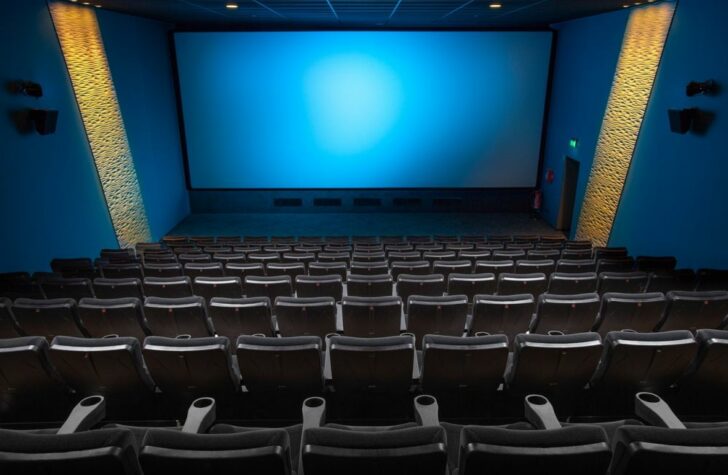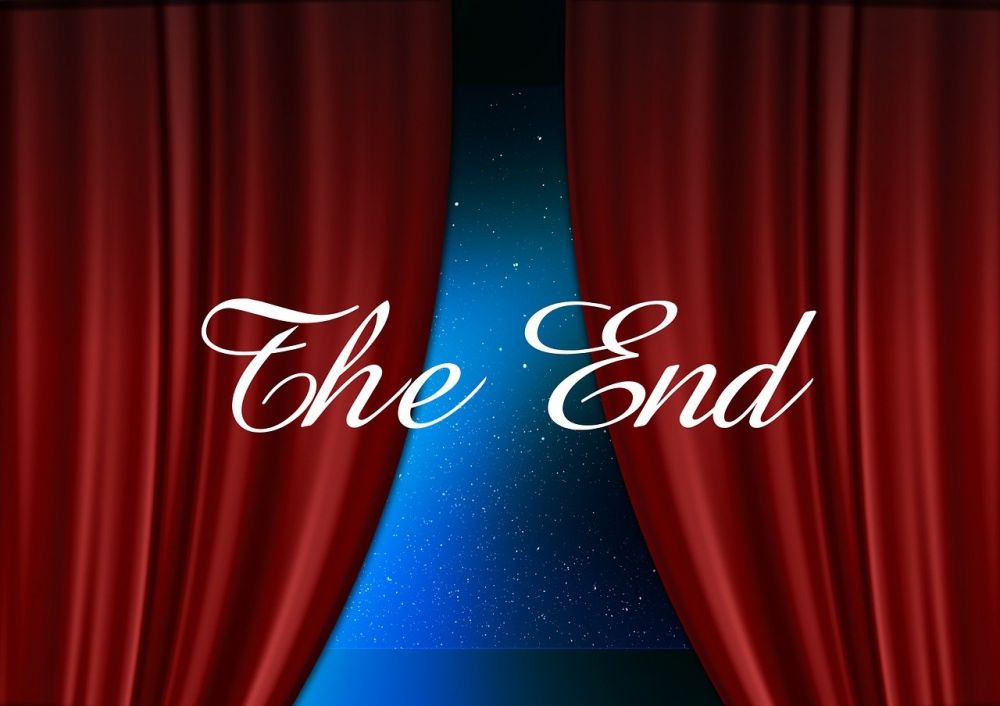Film Noir: The Dark and Mysterious World of Crime and Intrigue

Introduction to Film Noir
Film noir, a genre that emerged in the early 1940s and reached its peak in the 1950s, is characterized by its dark and pessimistic themes. It is a unique style of filmmaking that explores the underbelly of society, portraying morally ambiguous characters, shadowy atmospheres, and complex narratives. Film noir is often associated with crime, detective stories, and psychological thrillers, offering a glimpse into the darker side of human nature.
Understanding Film Noir

To truly appreciate film noir, one must grasp its defining elements. The genre is known for its distinctive visual style, characterized by low-key lighting, high contrasts, and striking chiaroscuro effects. This use of lighting creates a sense of mystery and tension, accentuating the psychological aspects of the narrative.
Another key feature of film noir is the use of voice-over narration, a technique that allows the audience to delve deeper into the thoughts and emotions of the protagonist. This often accompanies the use of flashback sequences, adding complexity to the narrative structure and providing insight into the character’s motivations.
Film noir also frequently explores themes of corruption, alienation, and existential crisis. The protagonists usually find themselves trapped in a morally ambiguous world, where right and wrong are blurred. This creates a feeling of unease and tension, as the characters navigate through a web of deception and deceit.
The Evolution of Film Noir
Film noir has its roots in German Expressionism and French Poetic Realism, but it truly flourished in Hollywood during the post-World War II era. The war’s societal upheaval and the disillusionment that followed fostered an atmosphere conducive to exploring darker and grittier narratives.
In the early 1940s, classic films such as “The Maltese Falcon” and “Double Indemnity” laid the groundwork for the emerging genre. These films introduced many of the tropes and archetypes that would come to define film noir, such as the hard-boiled detective, the femme fatale, and the chiaroscuro lighting.
As the 1950s rolled around, film noir expanded its thematic scope. Instead of only focusing on crime and detective stories, the genre began to explore more psychological and existential themes. Movies like “Touch of Evil” and “Sunset Boulevard” pushed the boundaries of traditional film noir, delving into the depths of the human psyche.
The Enduring Legacy of Film Noir
Film noir’s influence can still be felt in modern cinema. Its dark and atmospheric aesthetic has inspired countless filmmakers, and its themes continue to resonate with audiences. Directors like David Fincher, Christopher Nolan, and Quentin Tarantino have all incorporated elements of film noir into their work, paying homage to the genre’s rich cinematic history.
Film noir’s enduring appeal lies in its ability to captivate and intrigue audiences with its complex characters and morally ambiguous narratives. The genre continues to offer a unique perspective on the human condition, exploring the darker side of society and challenging traditional notions of good and evil.
Conclusion
Film noir remains a captivating genre that continues to fascinate cinephiles around the world. Its distinctive visual style, complex narratives, and exploration of dark and pessimistic themes make it a genre like no other. Whether you’re a fan of crime dramas, psychological thrillers, or simply appreciate the art of filmmaking, exploring the world of film noir is a journey worth taking. So dim the lights, let the shadows dance on the screen, and immerse yourself in the mysterious and intriguing world of film noir.
[b] Bullet Points:
– Film noir is a genre that emerged in the early 1940s and reached its peak in the 1950s.
– It is characterized by dark and pessimistic themes, morally ambiguous characters, and complex narratives.
– Film noir is known for its distinctive visual style, including low-key lighting and striking chiaroscuro effects.
– Voice-over narration and flashback sequences are commonly used techniques in film noir.
– The genre explores themes of corruption, alienation, and existential crisis.
– Film noir was heavily influenced by German Expressionism and French Poetic Realism.
– Classic films like “The Maltese Falcon” and “Double Indemnity” laid the groundwork for the genre.
– In the 1950s, film noir expanded its thematic scope to explore more psychological and existential themes.
– Film noir’s influence can still be seen in modern cinema, with many filmmakers incorporating its elements into their work.

















